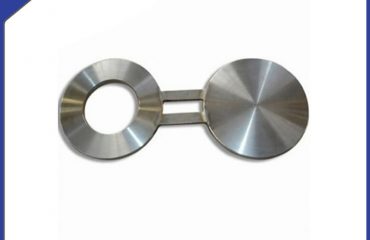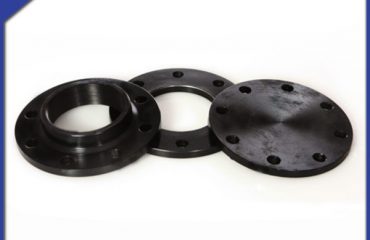
Plate flat flanges are an essential component in various industrial applications, ranging from piping systems to pressure vessels. They are used to connect two pipes or fittings together and provide a strong and leak-proof joint.
When it comes to achieving optimal connection strength with plate flat flanges, there are several factors to consider. In this article, we will explore these factors in detail and provide some tips to ensure a robust and long-lasting connection.
Flange Material: The material used for the plate flat flanges plays a crucial role in determining the connection strength. Common materials include carbon steel, stainless steel, and alloy steel. The choice of material depends on the application requirements, such as pressures, temperatures, and environmental conditions. It is vital to select a flange material that is compatible with the fluid or gas being conveyed through the pipes.
Flange Design: The design of the plate flat flange also affects the connection strength. Flanges with a raised face or a flat face are commonly used. While both types have their advantages and disadvantages, it is important to consider factors like sealing requirements, handling, and maintenance when selecting the design. It is also crucial to ensure that the flange design complies with industry standards and specifications.
Gasket Selection: Choosing the right gasket is crucial to achieve an optimal connection strength. Gaskets are used to create a seal between the flange face and the mating surface. They help prevent leaks and provide additional strength to the joint. Common gasket materials include rubber, graphite, and metal. The gasket selection should be based on factors like temperature, pressure, fluid compatibility, and installation requirements.
Bolt Torque: Proper bolt torque is essential to ensure a tight and reliable connection. Under-tightening may result in leaks, while over-tightening can damage the flanges and the gaskets. The manufacturer’s recommendations should be followed regarding the torque value. It is also essential to use high-quality bolts and nuts and carefully tighten them using appropriate torque tools to achieve consistent and uniform bolt loading.
Flange Alignment: Flange alignment is critical to achieving proper connection strength. Misalignment between the flanges can result in leakage and premature joint failure. The pipe ends should be aligned properly and parallel to each other before the flanges are bolted together. When aligning the flanges, it is recommended to use alignment pins or spacers to maintain the alignment during the installation process.
Flange Surface Preparation: Before joining the flanges, the mating surfaces should be prepared to ensure a tight seal. Any dirt, rust, or debris should be removed from the flange faces using wire brushes or sandpaper. Surface imperfections should be smoothed out to provide an even contact surface for the gasket. It is essential to clean the flange surfaces thoroughly before applying any sealant or gasket material.
Proper Installation Techniques: Proper installation techniques are crucial for achieving optimal connection strength. The flanges should be assembled carefully, ensuring that the bolts are evenly spaced and tightened in a cross-pattern sequence. This helps distribute the bolt load uniformly across the joint. It is important to follow the manufacturer’s instructions for installation and use appropriate tools and techniques.
Regular Inspection and Maintenance: Once the plate flat flanges are installed, regular inspection and maintenance are necessary to ensure their optimal performance. Periodic checks should be conducted to identify any signs of leakage, loose bolts, or gasket deterioration. Any issues detected should be addressed promptly to prevent further damage or failure.
 Language
Language Espanol
Espanol English
English Italian
Italian عربى
عربى
 Skype: chinamaker99
Skype: chinamaker99  Tel: 86-316-5120812
Tel: 86-316-5120812  Email:
Email:  Whatsapp:
Whatsapp: 

